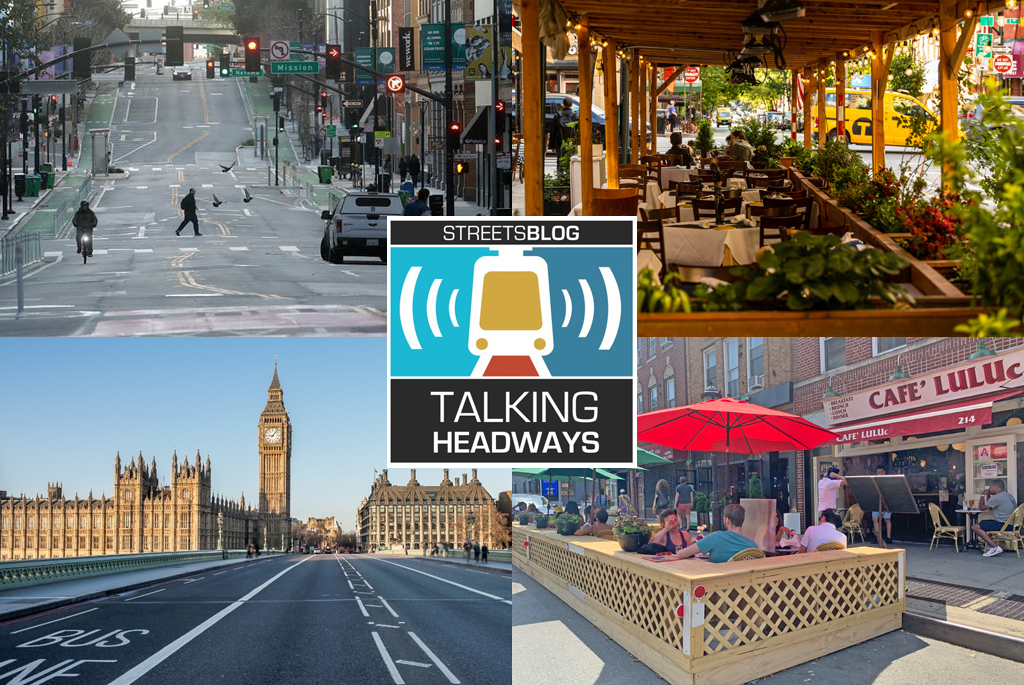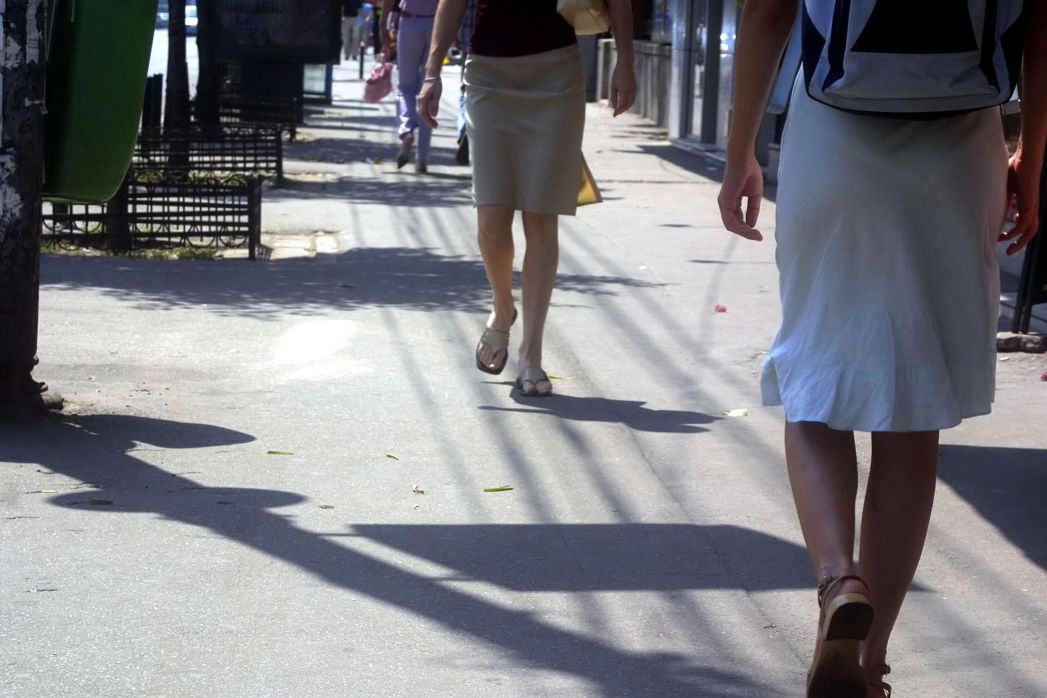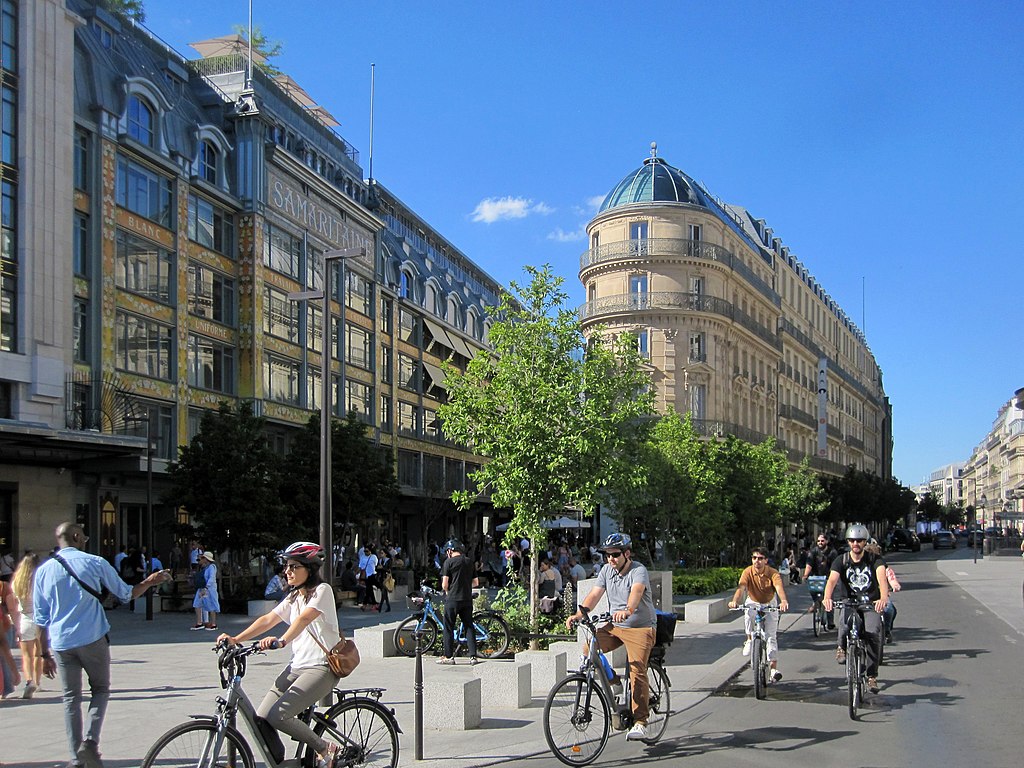This week on Talking Headways we chat with Tracy Hadden Loh of the Brookings Institute about impacts of the pandemic on downtowns, activity centers and transit usage.
We discuss creating activity center cluster maps and a recent report entitled Building Better on Philadelphia.
Scroll down past the audio player below for a partial transcript of our conversation. Click here for an unedited, AI-generated transcript of the episode.
Jeff Wood: I want to get back to the pandemic’s impact, and we talked about work, we talked about the health of downtowns activity centers. So now there’s this discussion about transit, right? And, you know, how work and employment trends in downtowns, but also some of these activity centers, may be tied to transit’s recovery.
Tracy Hadden Loh: This is part of why downtowns are going through something hard that other activity centers are less impacted by. Because downtowns are so dense, they’re already at the limit of how many people you can bring into proximity via single occupancy vehicles, right? There’s the congestion challenge on the roads. There’s hard capacity limits on that and then the car storage problem as well. Downtowns overcome this through mass transit and downtowns cannot be at the density that is their unique value add without mass mobility to get that number of people there.
That’s why they work not just for office work but for, for example, like, special events. And the challenge now is that because many downtowns were "office was the highest and best use of this highly accessible land," a lot of US transit systems got kind of hyper-optimized in order to serve a specific kind of trip, which is commuting, and a specific kind of commuter, the office worker. Most people aren’t office workers, but there are multiple US transit systems where 50 percent or more of their trips were these work trips into downtowns.
That left these transit systems extraordinarily vulnerable to a disruption in office commuting. And because transit systems involve a lot of fixed assets, it’s not just like flipping a switch to get out of that hole once you’ve fallen in.
Jeff Wood: It’s interesting, too, some of the data that you all found out, you looked at some of the top performing cities before the pandemic and then you also looked at other cities as well. And there’s a connection there between those places that had a really high transit ridership before and then also have high work from home now.
Tracy Hadden Loh: Yeah, there’s correlation. I am not prepared to say there’s a causal relationship.
Jeff Wood: But certainly that’s kind of what I was getting at.
Tracy Hadden Loh: People are not working from home specifically because they’re trying to avoid their transit commute necessarily. There is a clear correlation though, right? Like the cities that had high transit mode share prior to the pandemic have higher work from home now. I don’t think we should shy away from asking is this because commuting to work via transit is undesirable or unattractive to people and that’s why they don’t wanna return to office? But I think if we look at those cities we’ll see that it’s not just that people were commuting via transit, they were commuting extraordinarily long distances. These are cities where the average commute time and distance are very high.
And so, this is one of those transportation questions that maybe should be a land-use question. The way out is not to say we need to liberate people from transit and just let them stay at home. We need to build more homes that are closer to jobs.




